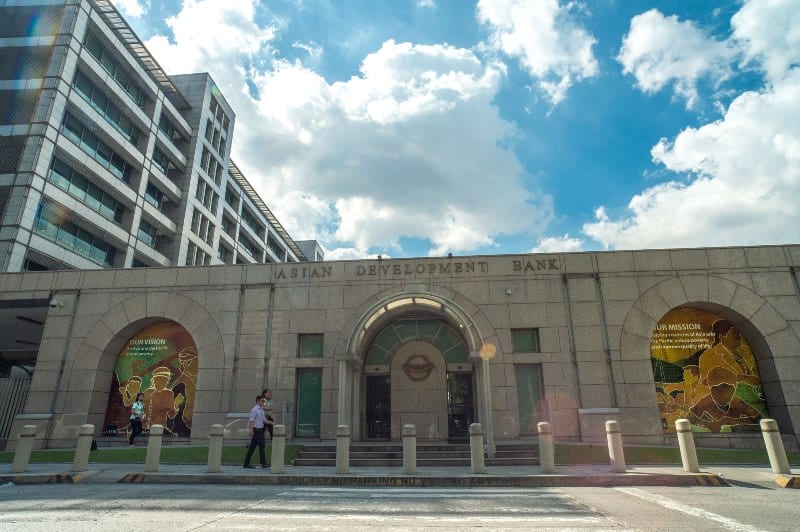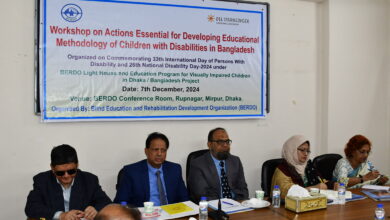ADB releases Bangladesh Climate and Disaster Risk Map

The Asian Development Bank (ADB), in collaboration with the Planning Commission of Bangladesh, released the Bangladesh Climate and Disaster Risk Map on Thursday.
The map, which includes geological imagery for climate and disaster risk assessment and capability, will be an effective tool for infrastructure planning and design, disaster mitigation, and climate and disaster response.
According to an ADB press release, it reflects the priorities set out in ADB’s Country Partnership Strategy (CPS) for Bangladesh (2021-2025) and Strategy 2030, as well as Bangladesh’s policies and strategies for environmental sustainability and climate resilience.
Minister of Planning MA Mannan, Minister of State for Planning Dr. Shamsul Alam, ADB Vice President (Operations 1) Shichin Chen, ADB South Asia Director General Kenichi Yokoyama, Disaster Management and Relief Secretary Md. Kamrul Hasan, ADB South Asia Division Deputy Chief Edimon Ginting, ADB Country Director for Bangladesh, and Liping Zheng, Adviser to the ADB South Asia Division, were present on the occasion.
The two-volume publication — Volume 1 – Hazards and Volume 2 – Exposure, Vulnerabilities and Risk — aims to assist in the design and implementation of projects and options for climate change adaptation and disaster risk reduction and management in Bangladesh.
This is a major publication of the project ‘Establishing a Climate Risk Screening System for Adaptation to Climate Change in the Mainstream of National Development Budgeting Program’. ADB’s Regional Knowledge and Assistance (Capacity Development) Technical Assistance is funded by the Technical Assistance Program on Climate Change in South Asia (2013-2018).
The project has been implemented by the Programming Department under the supervision of Dr. Nurun Nahar, Joint Head, Planning Commission.
The goal of the Regional Technical Assistance Project is to further enhance the capacity of developing member countries of South Asia, including Bangladesh, to manage the effects of climate change through effective transformation of low carbon and climate-resilient development.





